
Developer: Ida Hartmann, Niila
Publisher: nakana.io
Platform: PC, Switch, PS4
Tested on: Switch
Stilstand – Review
If you’re a loyal 3rd-strike.com reader, chances are you’re already familiar with our opinion of the titles released by publisher nakana.io. We’ve compared some of their releases to art rather than games in the past, and their latest addition, the visual novel Stilstand (Danish for Stagnation), is no different. Developed by indie studio Niila and written by artist Ida Hartmann, Stilstand earned high praise when it launched on PC last year. With Stilstand making its debut on the Switch, it seemed like a good time to take a look at this acclaimed visual novel.
Story
If you’ve read one of our visual novel reviews before, you already know the drill, but just to make sure: while we’re going to try and avoid spoilers as much as possible, we cannot talk about the narrative without giving some plot elements away. If you want to go into Stilstand as blind as possible, stop reading now. That said, prepare yourself for a tough read with Stilstand. Not because it’s difficult to read or poorly written (it isn’t), but because it deals with heavy themes like anxiety and depression. It’s a highly relatable tale, especially for anyone that has ever dealt with similar issues.
Set in Copenhagen, in the summer, it follows a woman -whose name we never learn throughout the story- as she deals with her mental issues. Accompanying our protagonist is a silhouetted entity, which we assumed was the personification of the protagonist’s issues, although the part it ended up playing was quite different. While the creature is never quite explained, it’s clear that it’s supposed to be a part of this woman’s personality. She has conversations with it, representing her inner monologue, and she even ends up lying to herself. It’s an original way to represent the inner struggle, and it makes it extra painful to see that the reader is unable to aid the protagonist in breaking free from her mental struggles. Instead, the reader can try to nudge her away from self-destructive behavior, but will ultimately fail to do so.
It all sounds very bleak and dreary, but fortunately, there is some humor to be found here as well. The interactions between the woman and the creature often feel absurd. Much of the humor is derived from their dialogue, which is filled with sarcasm. There are no jokes in the sense of a setup followed by a punchline here, but what is present is a bittersweet kind of humor that will maybe make you crack a smile rather than laugh out loud.
Graphics
At first glance, Stilstand’s sketchbook aesthetics aren’t very pretty. Character outlines are harsh, expressions are exaggerated, and the overall visual atmosphere is bleak. The protagonist is deliberately depicted as unattractive, reflecting her self-image. This is befitting of the game’s themes, of course, and there is a certain beauty to be found within this rough depiction of Copenhagen in the summer. Color is used very sparingly, usually to indicate objects that can be interacted with. In this case, they’re typically marked in a subtle shade of blue, which never overpowers the images. It’s a graphical style that isn’t going to appeal to everyone but it’s perfect for what Stilstand attempts to convey.
Sound
Stilstand’s soundscape was carefully crafted and evokes the emotional state of the protagonist throughout. As the woman becomes more isolated, gaps start to appear in the audio, mimicking her sense of loneliness. Likewise, upbeat music plays during a party sequence, although there is a dark undertone to be found even within the cheerful Eurobeat. We highly recommend playing Stilstand with headphones, as the soundscape makes up a major part of the story’s emotional impact.
Gameplay
We’ve talked about how nakana.io’s titles aren’t strictly games before, but Stilstand pushes this to a whole other level. While there is a certain degree of interactivity here, this is a visual novel first and foremost, so most of the experience comes from simply reading. Unlike Nova-box’s more traditionally presented visual novels, Stilstand goes for an approach that far more resembles a gritty graphic novel, with speech bubbles and a much higher emphasis on using artwork to deliver emotions, rather than text.
You might be wondering whether Stilstand should have been an interactive experience in the first place instead of a printed graphic novel. Story-influencing interactions made by the reader are limited to sending text messages, which are multiple-choice options that offer slight story variations, or simply procrastinating -which turned out to be an eerily realistic option. However, the slight story variations that come with these choices aren’t enough to warrant a release as an interactive title. However, we’re going to go ahead and say that Stilstand is something that wouldn’t have the same impact in printed form as it does here, thanks to the clever implementation of non-choice-based interactions.
These range from having to perform simple tasks, such as having to open curtains manually, all the way to dragging the drunken protagonist through the streets like a ragdoll. Each interaction represents an emotional state or a struggle. Some of these tasks take on the form of mini-games -including a Flappy Bird clone- which make their underlying meaning more palatable. None of these last more than a minute or two, and a few are deliberately repeated -representing the daily struggle of having to do the same things over and over again.
Perhaps Stilstand’s biggest flaw is that it’s woefully short. We played through Stilstand twice, making different choices each time but the differences weren’t large enough to really warrant replaying the game. You’re ultimately left with roughly an hour’s worth of content, which makes Stilstand a tough sell for anyone seeking to get a decent amount of bang for their buck. On the other hand, the themes that are dealt with in the story can be a tough pill to swallow, and we’re not sure whether we’d want an extended version of this experience, even though it’s infused with bittersweet humor and a message of hope at the end.
Whether or not Stilstand is worth your money is difficult to determine. It certainly won’t break the bank, but it’s a niche title for sure, and it’s not going to appeal to people that cannot relate to the main character. For those that can, Stilstand provides a short but profound experience that takes the player on a meaningful emotional rollercoaster. Stilstands worth lies not in its length or in its lack of interactivity, but in how it connects emotionally to the reader, and it’s hard to put a price on that.
Conclusion
With Stilstand, Ida Hartmann delivers a touching and relatable visual novel. Despite the rough exterior, everything about Stilstand feels carefully crafted, from the small interactions that represent daily struggles up to the soundscape that adapts to the protagonist’s emotional state. The limited replayability and woefully short length are the only downsides to a game that will linger with you long until after you’ve reached its end.
2 Comments
Leave a Reply
You must be logged in to post a comment.

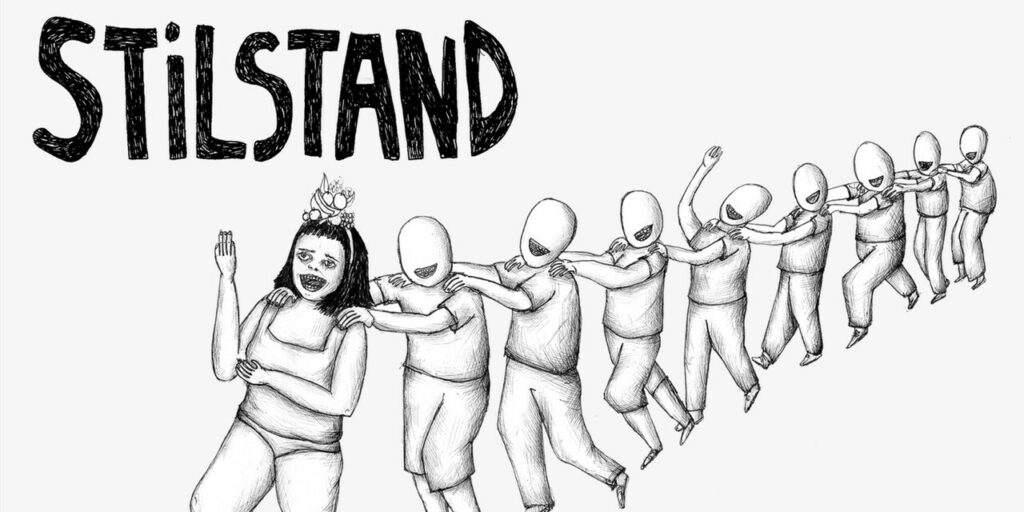
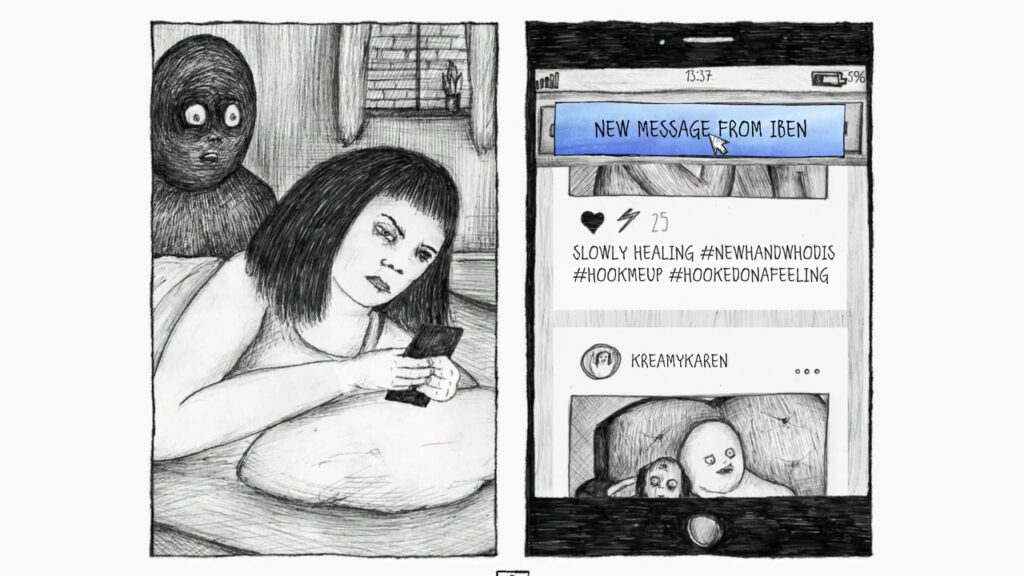
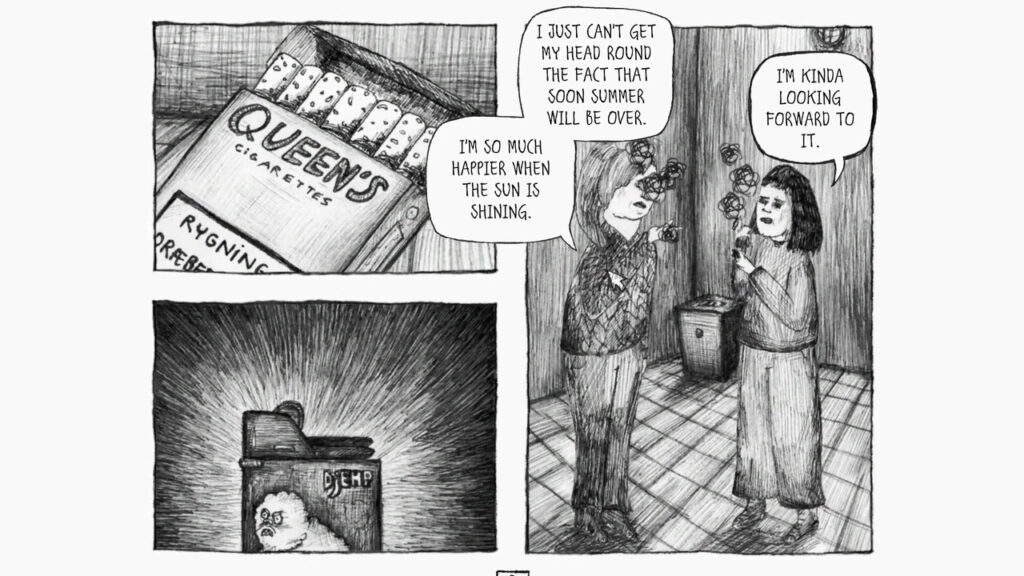
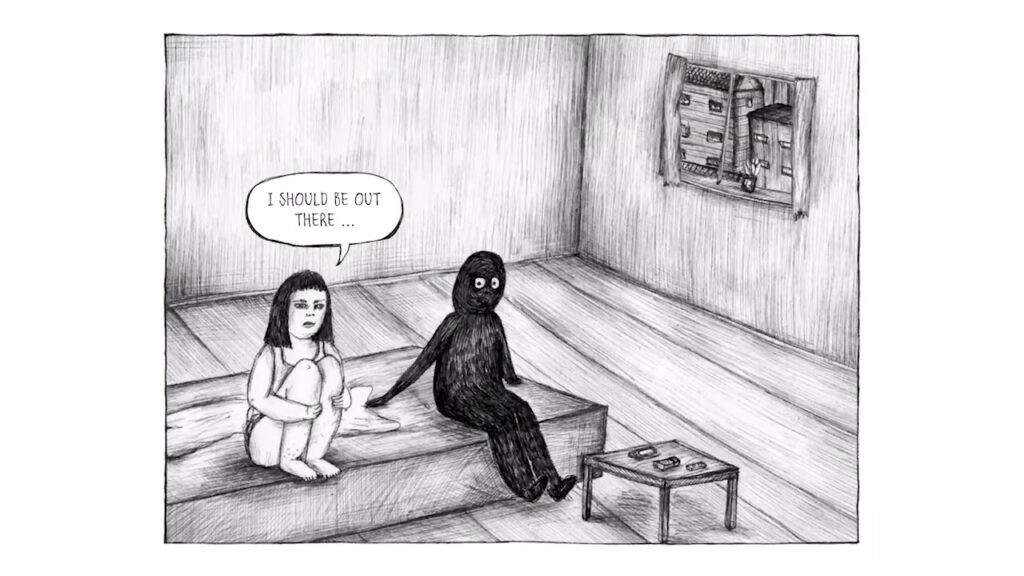
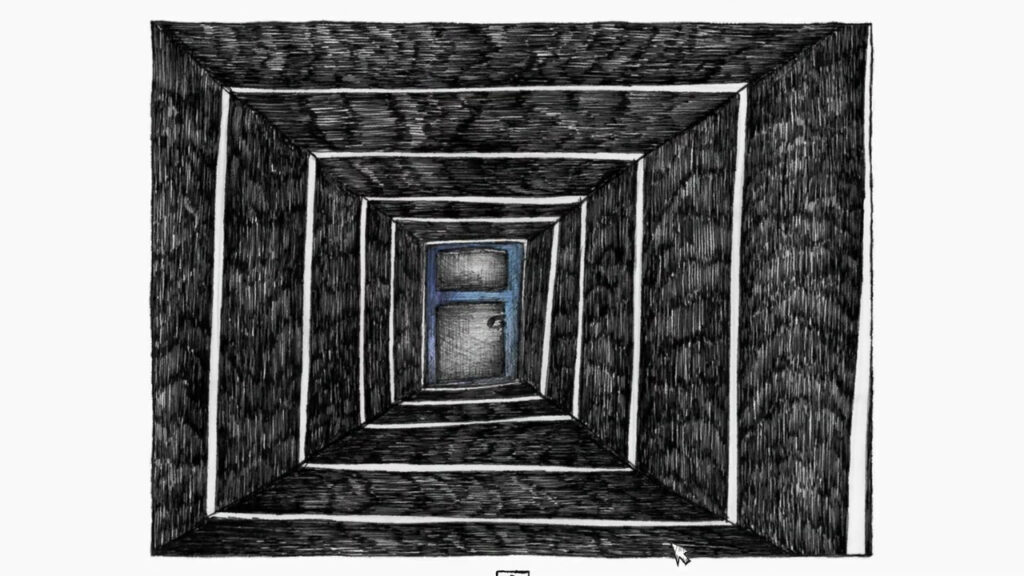
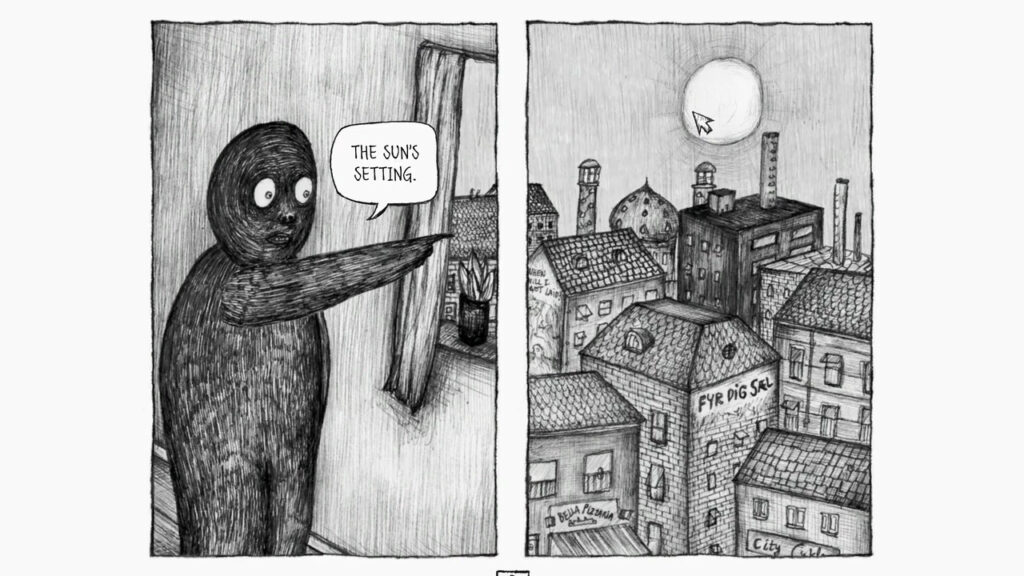




[…] really ‘feel’ like a graphic novel in the same vein as titles like Across the Grooves or Stilstand. Instead, Vengeful Heart feels more like an extended series of cutscenes from an older generation […]
[…] by nakana.io, as the game definitely fits in their lineup of off-beat titles like Lydia or Stilstand. However, this quirky afterlife adventure actually comes to us courtesy of Freedom! Games, who are […]